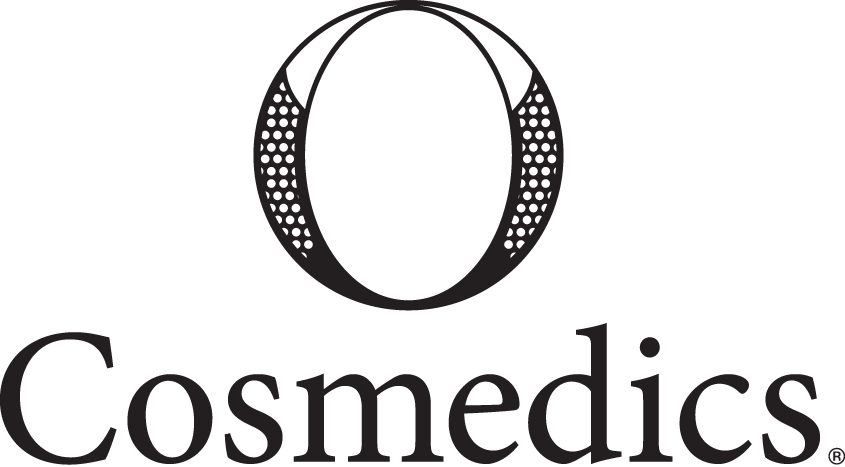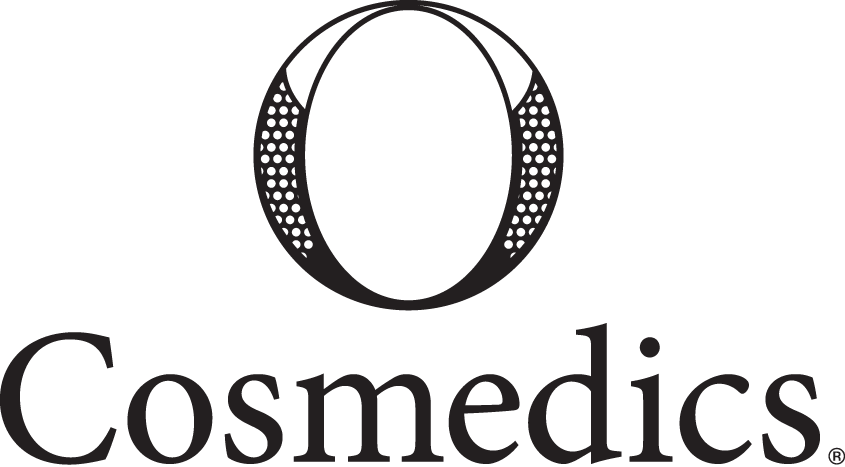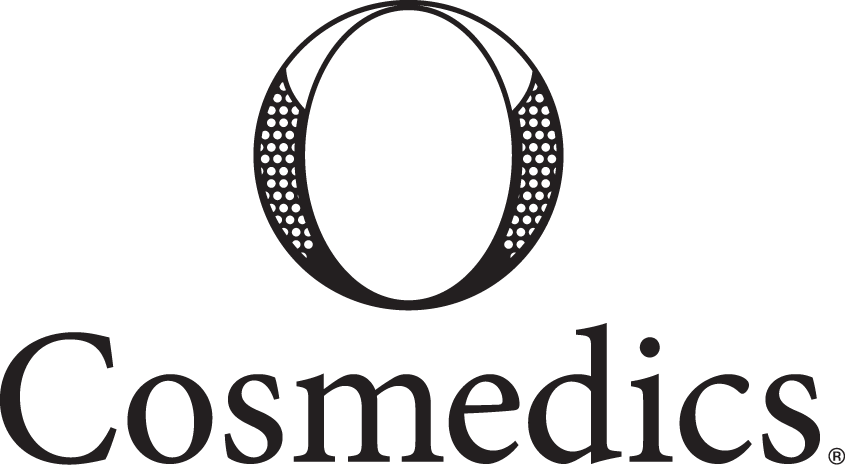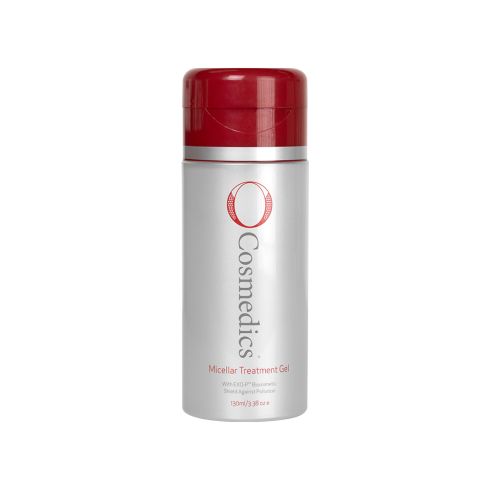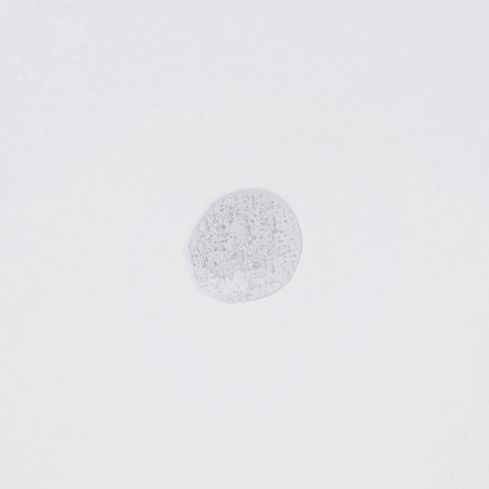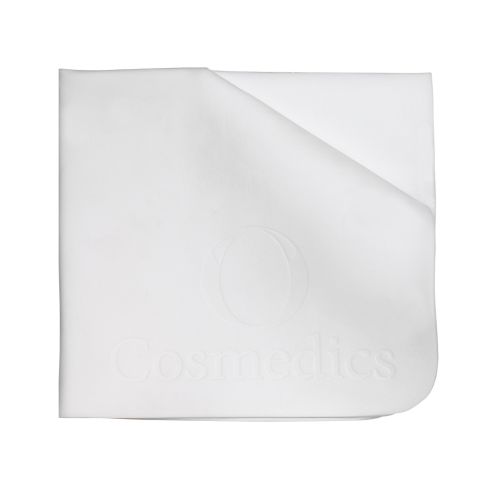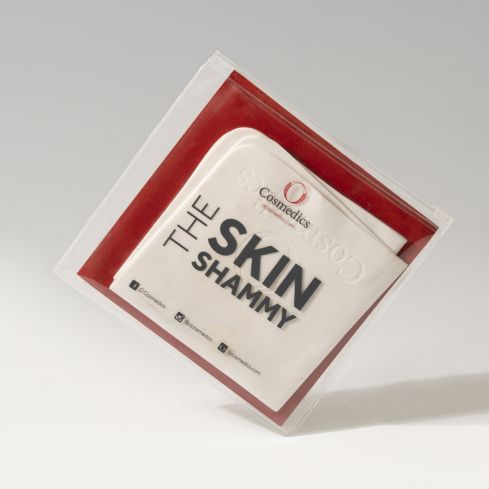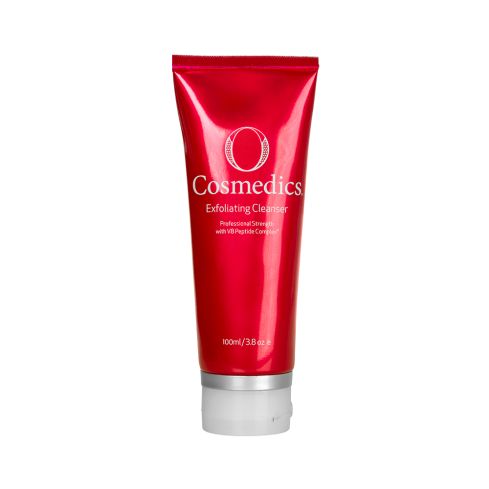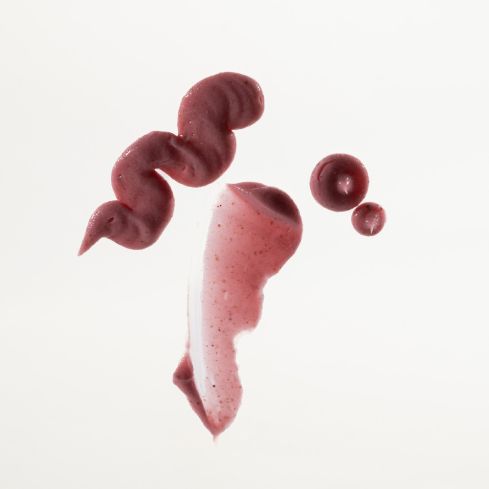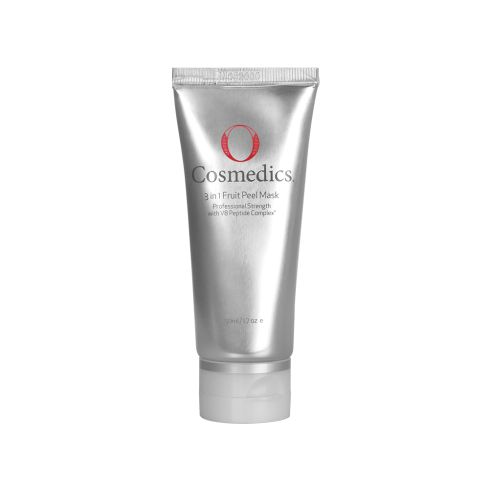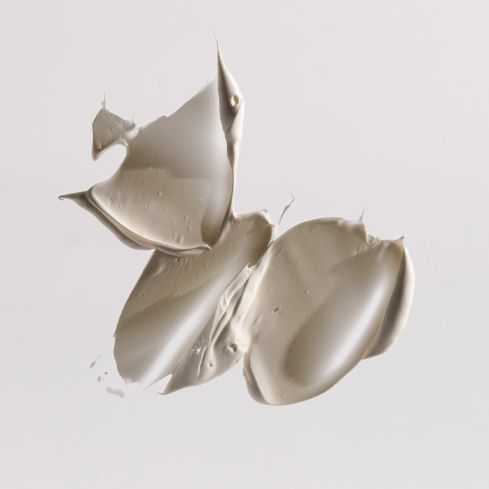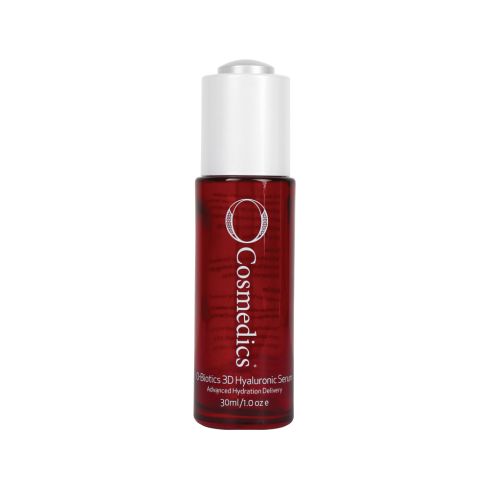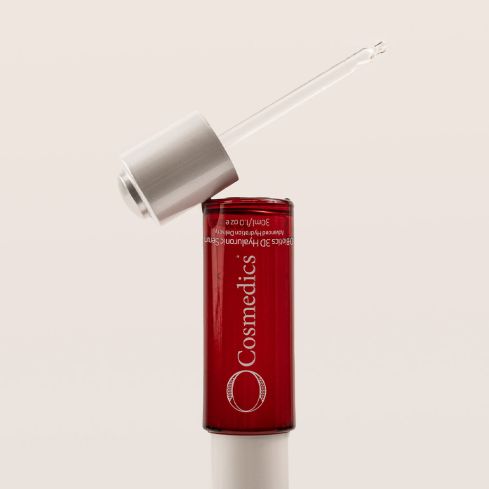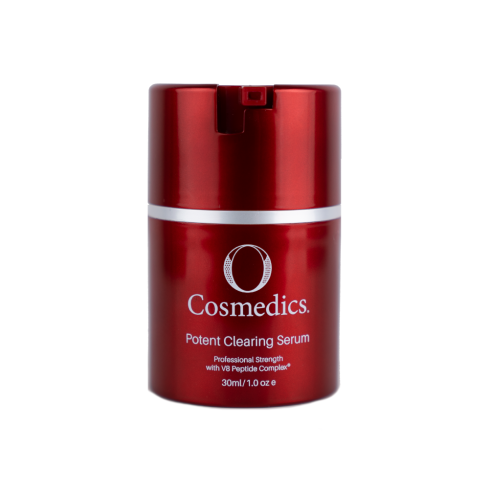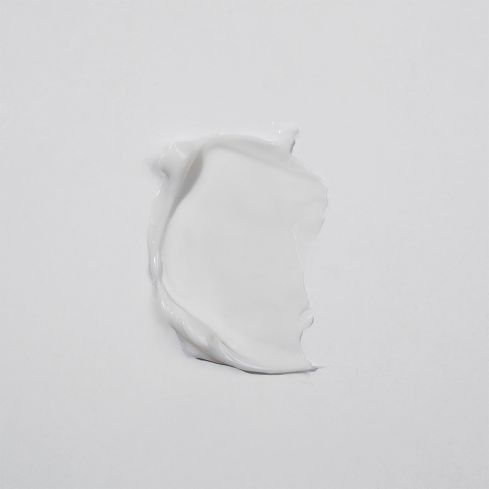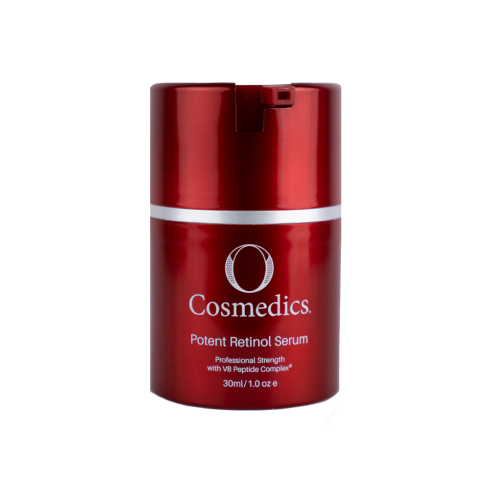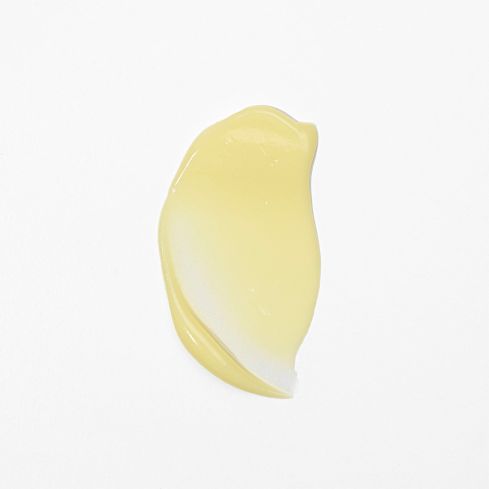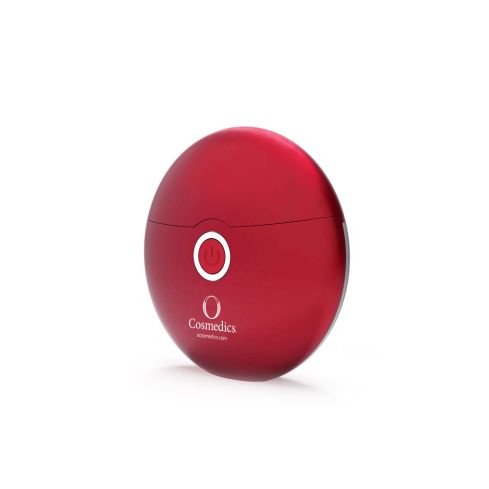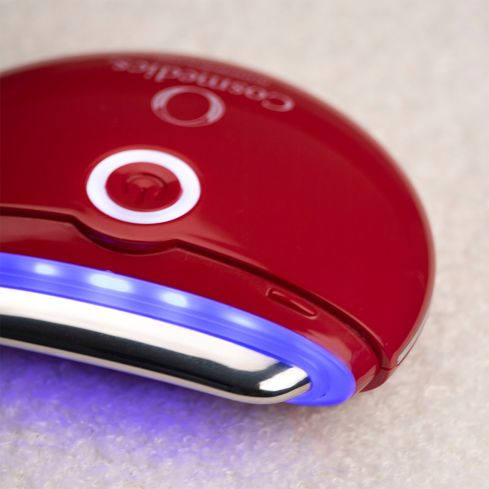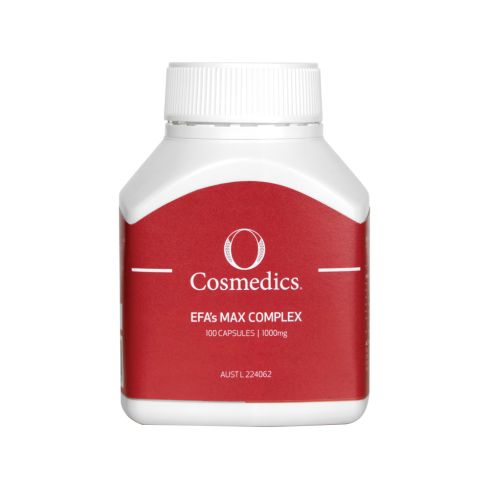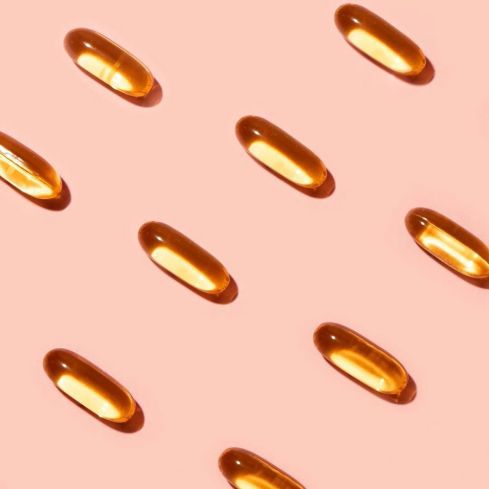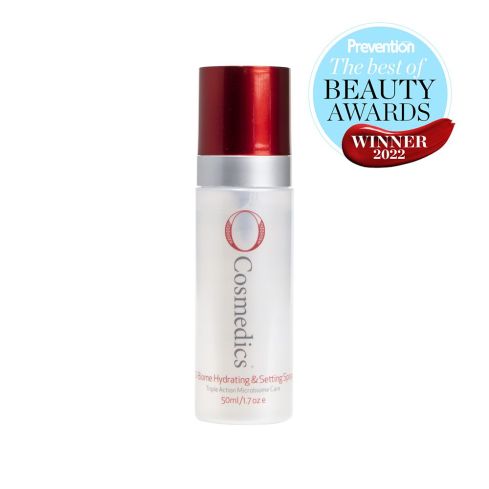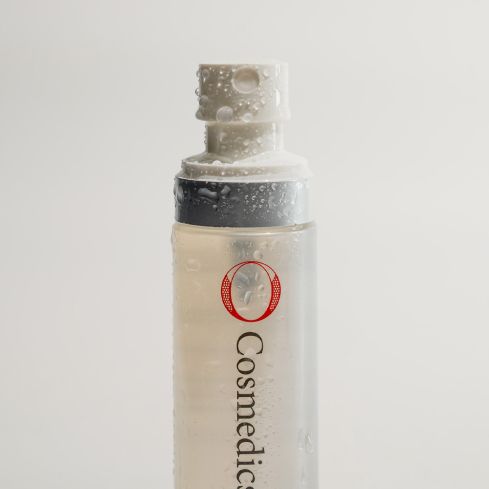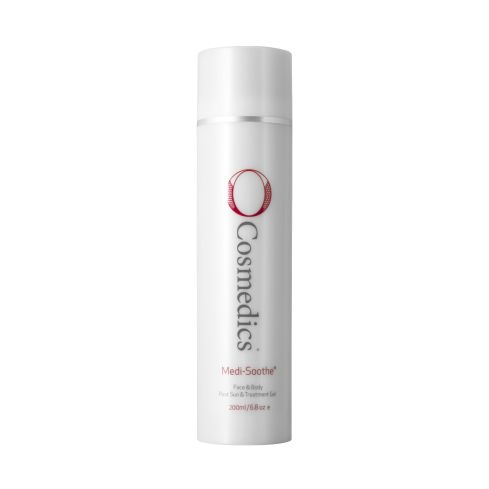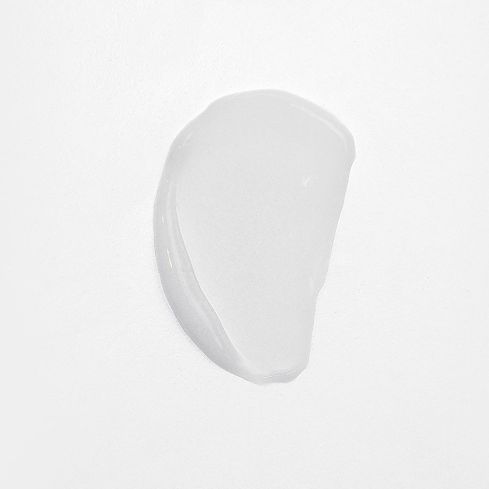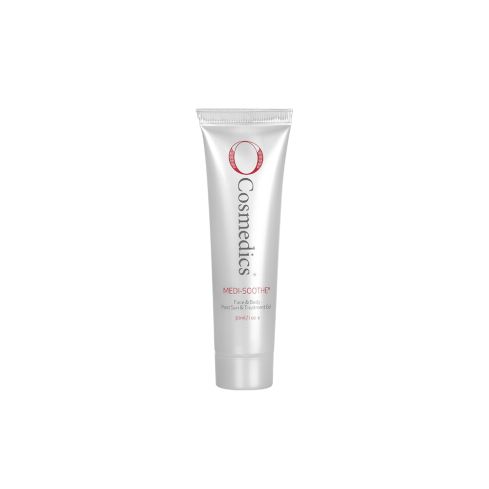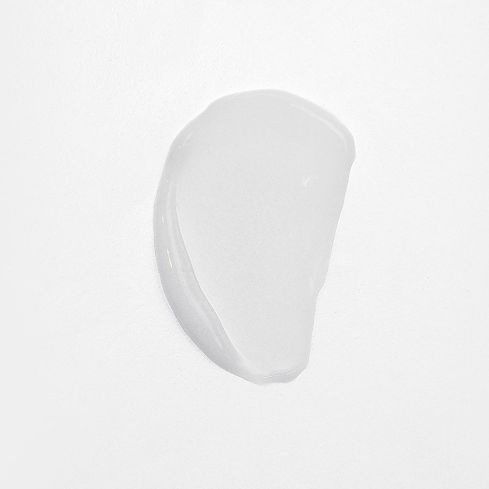
Teen Acne
A cosmedical brand, O Cosmedics was designed to be prescribed in-clinic by professional O Skin Experts who we trust (and are highly qualified) to support and guide you on your skin health journey. We believe that in order to achieve skin health, youth, confidence and ultimate transformations you should first visit an O Skin Expert for a skin analysis, diagnosis and prescription. Aside from the wealth of knowledge and boosted results you’ll enjoy by visiting a Clinic, you’ll also guarantee the products you’re using are right for your skin, saving your money and time. We are committed to transforming skin through a multi-faceted skin treatment approach, both home care and in-clinic treatments, to get the best out of our skin. We’re yet to find a way to have a qualified O Skin Expert pop out of your screen to prescribe a tailored routine to achieve your skin goals, so until then, we recommend you Find a Clinic and an O Expert to begin!
FAQ
While the stages of acne affect all ages, genders, and ethnicities, the onset of acne is always the same and has three key triggers - hormones, hyperkeratosis and acne causing bacterium. The difference between teen acne and adult acne lies in various factors, including the age of onset and hormonal influences. In some cases, breakout locations, types of lesions, and responses to treatment can be different for both teen and adult acne. Understanding the difference ensures effective management of acne treatment for teens and adults. Here's a breakdown:
• Onset Age - Adult acne, unlike teen acne which typically begins during puberty, can manifest for the first time in adulthood. It commonly emerges in individuals over the age of 20 and may persist into the 30s, 40s, or beyond.
• Hormonal Influence – All cases of acne regardless of age, gender and ethnicity are influenced by hormonal changes, specifically heightened androgen and testosterone production. The onset of teen acne is when adrenal glands and gonads first produce these male dominated hormones. Adult acne, on the other hand, is triggered by the same hormonal increases and can fluctuate in women in relation to menstrual cycle, pregnancy, menopause, as well as factors like stress and certain medications. In males, it is the imbalance of these hormones due to other varying factors as well as stress and medications.
• Hyperkeratosis – The excessive build up and clogging of follicles due to the increased skin cell and sebum production. This leads to macro comedomes that are often undetectable to the naked eye. However, if left untreated could lead to open and closed comedones which then further develops into papules, pustules and in more severe cases; cysts and nodules. The incorrect balance of sebum makes the skin cells sticky and blocks the skin making it feel as though you want to scrub it off and strip it back. In most cases, this leads to worsening of the condition.
• Acne Causing Bacterium – C9 acne bacterium is the type of bacteria that grows in the follicles of the skin and thrives in a dark environment. When the follicles are blocked with hyperkeratosis due to hormonal imbalances and poor hygiene or improper skincare routines, this bacterium grows and forms an infection that appears as a pustule. Signs include redness, inflammation, pain and pus.
• Breakout Locations - While teen acne commonly manifests on the face, neck, chest, and back, adult acne can affect similar areas but is often more concentrated on the lower face, jawline, and neck. • Lesion Types - Teen acne typically presents with blackheads, whiteheads, papules, pustules, and, in severe cases, cysts and nodules. Adult acne may feature similar lesions but is often characterised by more inflammatory types, such as pustules and nodules, with cysts being more common.
• Lesion Types - Teen acne typically presents with blackheads, whiteheads, papules, pustules, and, in severe cases, cysts and nodules. Adult acne may feature similar lesions but is often characterised by more inflammatory types, such as pustules and nodules, with cysts being more common.
• Treatment Response – Whilst the acne treatment for teens and adults can vary due to the ability to balance hormones, both require specialised acne treatment products under the recommendation of a Skin Expert.
Teen acne is attributed to hormonal changes that occur during puberty. These hormonal shifts lead to increased and imbalanced oil production in the skin as well as an increase in skin cell production. This can result in the development of acne generally beginning with macro comedones that lead to open and closed comedones (a feeling of bumpy, rough and texturised skin). The key factors contributing to teen acne include hormonal changes, increased sebum production, clogged hair follicles, inflammation, and proliferation of acne-causing bacteria (C acnes bacterium).
Other common triggers that exacerbate teen acne may also include genetic factors, diet and environmental factors, as well using comedogenic (pore-clogging) skin care or cosmetic products combined with poor skin care habits.
Teen acne often affects areas rich in sebaceous glands, including the face, neck, chest, and back. While teen acne is a common and temporary condition, a proper skincare regime consisting of specialised acne treatment products, a balanced diet, and, in some more extreme cases, medical interventions can help with the management of acne treatment for teens and reduce its impact.
Teen acne can benefit from a skincare routine that includes key ingredients known for their effectiveness in treating acne and promoting overall skin health. Some of these ingredients in our acne treatment for teens includes:
• Salicylic Acid – Our Corrective Cleanser and Potent Clearing Serum features Salicylic Acid, a beta-hydroxy acid (BHA) that exfoliates the skin, unclogs pores, and helps reduce inflammation.
• Hyaluronic Acid – Although not a direct teenage acne treatment, hyaluronic acid hydrates the skin without clogging pores. Featured in our 3D Hyaluronic Serum, it is beneficial for maintaining a healthy skin barrier.
• Niacinamide (Vitamin B3) - This anti-inflammatory ingredient found in B3 Plus helps reduce redness and inflammation associated with teen acne. It also regulates oil production and strengthens the skin’s immune system equipping it with the ability to fight of the acne causing bacteria. Niacinamide is one of the most important ingredients for the topical treatment of acne in all ages.
• Retinoids - Retinoids promote cell turnover, prevent clogged pores, and balance sebum (oil) levels in the skin. Both Retinol Concentrate Serum and Potent Retinol Serum are effective in treating both teen acne and acne-related scarring. Note that retinoids can be irritating, so it's important to introduce them gradually and under the circumstances of extreme inflammation associated with the acne, opting for a gentler approach to restore the skin’s barrier and reduce inflammation may be best to begin on Retinoic Oil.
• L-Lactic Acid - Another AHA, lactic acid found in our Multi-Functional Peel exfoliates the skin gently whilst improving hydration levels that balance sebum and restore the skin’s barrier. This will help reduce acne lesions while improving overall skin texture, which makes the perfect teenage acne treatment.
If you have teen acne, it's important to be mindful of skincare ingredients and acne treatment products that may potentially exacerbate breakouts or irritate the skin. While everyone's skin is different, and what works for one person may not work for another, here are some common skincare ingredients that individuals with acne-prone skin, including teen acne, may want to approach with caution:
• Comedogenic Oils - Some oils have a higher likelihood of clogging pores and may exacerbate teen acne. These include coconut oil, cocoa butter, and certain silicones. Non-comedogenic oils, such as jojoba oil or refined shea butter oil, may be better for teenage acne treatment.
• Alcohol - High concentrations of alcohol in skincare products can be drying and irritating, potentially leading to increased oil production as the skin tries to compensate. Look for alcohol-free formulations in your acne treatment products.
• Essential Oils - While some essential oils have anti-inflammatory properties, others may be irritating to acne-prone skin. Examples include lavender oil, peppermint oil, and citrus oils. Patch-test products containing essential oils or choose acne treatments for teens without them.
• Harsh Fragrances – Harsh fragrances, whether synthetic or natural, can be irritating to acne-prone skin. Opt for low irritant fragrances if any, in your teenage acne treatment to reduce the risk of irritation.
• Certain Sunscreen Ingredients - Some chemical sunscreen ingredients, such as octocrylene or octinoxate, may cause irritation in acne-prone skin. Consider using physical (mineral) sunscreens with zinc oxide such as Mineral Pro SPF which complements acne treatments for teens as a powerful anti-inflammatory and skin healer.
• Physical Exfoliants - Abrasive physical exfoliants can potentially damage the skin and exacerbate teen acne. Instead, consider chemical exfoliants like Multi-Functional Peel which contains a PHA and Lactic Acid Complex to gently exfoliate the skin whilst improving hydration levels.
• Heavy or Pore-Clogging Moisturisers - Opt for a lightweight, non-comedogenic and oil-free hydrator if your skin is excessively oily like Rebalancing Cream that won’t clog the pores. If your skin is dry and dehydrated which is most common in teen acne then choosing a hydrator that will restore the skin’s barrier is vital, opt for Comfort Cream for a hydrated and balanced feel.
Introducing new acne treatment products into your skincare routine should be done gradually, incorporating patch tests to observe your skin's response. It's important to acknowledge that everyone's skin is unique, and what proves effective for one person may not yield the same results for another. Understanding teen acne and building a tailored teenage acne treatment regime can be instrumental in managing and preventing potential reactions.
For guidance on acne treatment for teens, visit your nearest O skin clinic or start a live chat on our website with an O Skin Expert. They can offer personalised advice on suitable teenage acne treatment products to seamlessly integrate into your skincare regimen.
